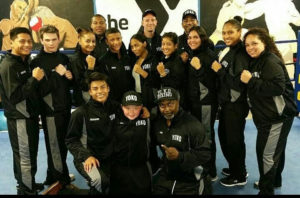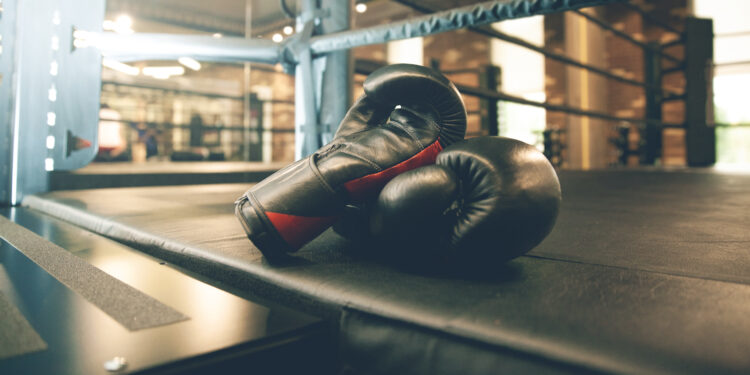Across the country, many community rec centers offer boxing programs where students can learn basics such as balance, foot work, and defensive and offensive skills. In such a close-contact and physically demanding sport, it is easy for mentorships to form between students and coach — where much more than just the basics are being taught.
This rings very true for the Y.O.K.O Boxing program at Yonkers Family YMCA in Yonkers, New York. John Morrison, the program’s head coach, believes there is much more to leading a boxing program than just teaching the basics.
One unique aspect of Morrison’s program is teaching his students public speaking. “Every Friday, they have to get up and speak about something they did, whether it be socially or about school, and it tends to bring the students closer together,” said Morrison.

Most of his mentoring is centered around helping the kids in his community through the boxing program. “You get to see kids come off the street and you build relationships,” said Morrison. “I’ve been to weddings, funerals and graduations. There’s a lot to benefit from just being a person who really cares about the job and the children.”
At times, the sport of boxing has been given a bad reputation for promoting violence and fighting, but Morrison feels and sees the opposite in his program. “People think boxing is brutal, but when you learn you can do it, or you can actually hurt someone, you don’t really like to fight,” he said. “I have gang members, quiet kids, kids who do great in school, and some who do bad in school, but they have a different outlook when they leave and when they learn boxing.”
Having led the Y.O.K.O Boxing program for 10 years with his cousin, and both being previous boxers, Morrison has been able to learn the best ways to hire coaches and structure classes for his program, all centered on the needs of the kids.
“We decided to start training young ladies,” said Morrison. “So, when we started training young ladies, we realized we would have to hire female coaches.” This led to a rigorous test of 15 applicants and a practice class to teach.
“We decided which one we would pick depending on how they dealt with the young kids — how they got along with their attitudes, how they spoke to them and how they reacted to them,” explained Morrison. Additionally, a chosen coach must also pass the SafeSport test and a background check.
Because class participation is high in his classes, Morrison finds marketing and class structure to be an easy task. “I have 45 in my class right now, and we’ve had up to 60 before,” he said. Attributing a lot of his numbers to kids using social media and word of mouth, he also takes it upon himself to travel to local junior and high schools, as well as post flyers in the community.
Another unique aspect of his boxing program that increases participation is allowing current students to bring a friend to try out a class. “They will show them different things at the gym we do, and then that friend will bring a friend, and so on,” said Morrison.
He also allows parents in the gym to watch their children, which he says most boxing gyms won’t allow due to coaching criticism and comparison to other students.

“I let parents come in and let them see what we do,” said Morrison. “I think you should know what the gym is about and what the coaches are about.”
To run a successful boxing program, Morrison stressed the importance of teamwork and dedication. “When you get your team together and you have a stack of coaches who get along, stick with what you have — don’t add and don’t subtract,” he said.
Additionally, he explained dedication is more than taking up a lot of time, especially when you’re invested in your students. “There are times when you’re at the gym more than you’re at home, but you’re helping the kids, so you have to be ready for that,” said Morrison. “Once you do something you like, and you really enjoy it, it’s not work.”










